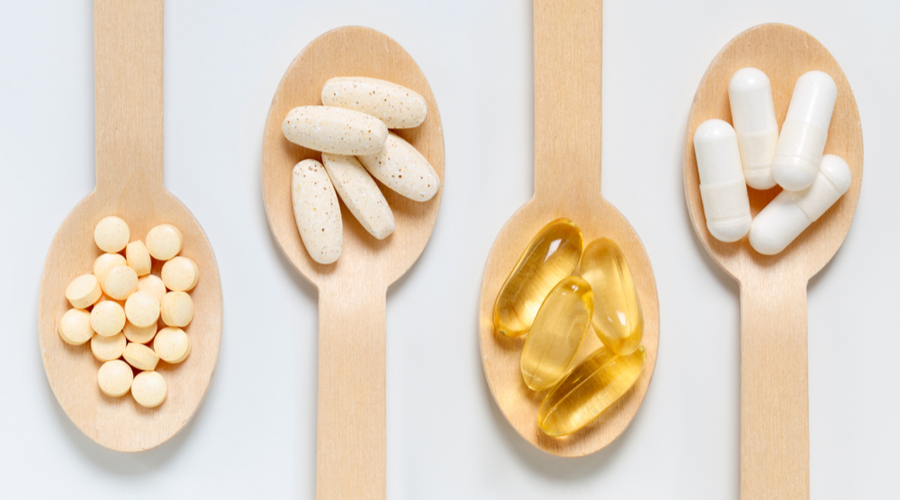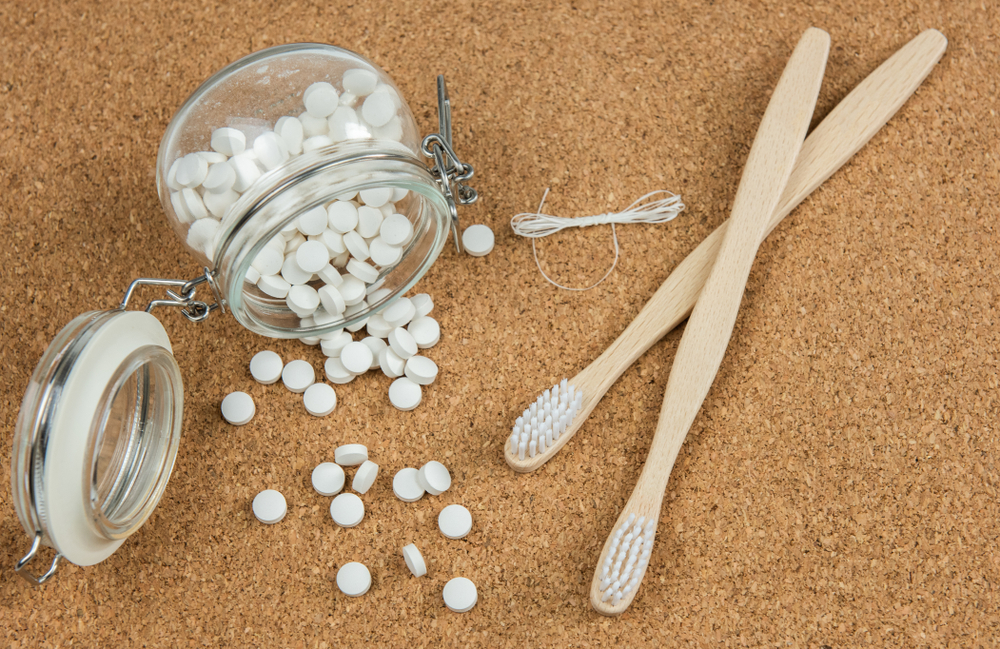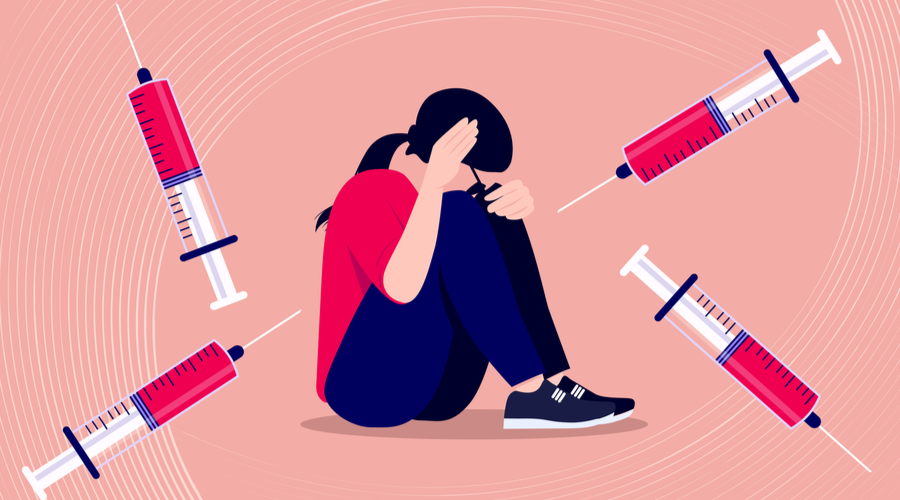In the last year, the supplement market netted $9 billion in sales, with a total of 828.8 million units sold, according to data from Information Resources, Inc (IRI). If your pharmacy doesn’t have a comprehensive supplement section, you’re missing out on a piece of that $9-billion pie.
″I believe that right now, people are thinking more about their general health and immune support,” said Kim Leach, national account manager for Quality Choice, a private label that includes a comprehensive line of supplements. Patients’ new concerns about health and immunity mean that even in an uncertain economy, supplement sales continue to thrive.
Universal appeal
So, who is buying supplements? In short, almost everyone. According to the Council for Responsible Nutrition (CRN) 2019 Consumer Survey on Dietary Supplements, 77 percent of all adults take dietary supplements.
While pharmacy clientele tends to skew older, supplements provide an opportunity to reach a younger group of patients. CRN reports 70 percent of adults ages 18 to 34 take dietary supplements, which means promoting your supplement products can bring them into your pharmacy. ″I think there’s a bigger push for health and wellness these days, and millennials care a lot about their health,″ said Leach. ″Everybody uses them, but the younger generations are on a healthier kick than other generations.″ To appeal to this younger crowd, make sure to stock supplements in gummy, powder, liquid, and soft-chew forms, which CRN says the 18-to-34 crowd prefers.
Overall, adults who take supplements cited general health and wellness as the top reason they include them in their healthcare routine. Other top reasons include energy, immunity, heart health, healthy aging, and filling nutrient gaps. Many patients start taking supplements on a doctor’s recommendation. Because certain drugs deplete certain nutrients in the body, doctors may follow up their prescription with a recommendation for a specific supplement to offset that depletion.
The Covid-19 pandemic has also caused an uptick in supplement sales as patients become more concerned about their immunity in the face of a deadly virus. ″There was a lot of stockpiling that took place in March 2020, so we saw sales drop in April and May,″ said Leach. ″Since then, it has come back, and sales have been better than they were prior to Covid.″ Supplements such as vitamin C, vitamin D, zinc, and electrolyte powder increased in demand because of the pandemic.
For those who aren’t yet taking dietary supplements, 49 percent told CRN they would consider adding them to their health routine if they were recommended by a doctor, and 15 percent said they would consider adding them if another healthcare professional—like a pharmacist—recommended them.
What’s hot
Pharmacies have limited shelf space, and the supplement market is vast. To get the most out of a supplement section, pharmacies have to research what kind of supplements consumers want right now.
Mineral supplements are the hottest segment at the moment. ″If you are a pharmacist and you want to set up a supplement section, about 40 percent should be focused on minerals, based on sales ratios,″ Leach said. This part of the market includes products such as elderberry and zinc supplements for immunity, herbal supplements for brain health, and probiotics. Over the last 5 years, national brands have seen a 5.6 percent uptick in unit sales for mineral supplements, while private label products have seen an 8.6 percent increase.
Other categories on the supplement shelves include multivitamins, with national brand products like Airborne, Olly, and those classic Flintstones vitamins. Letter vitamins are exactly what they sound like: Vitamin B12, Vitamin C, Vitamin D, all the way down the alphabet. Liquid vitamins make up the rest of the category, which includes products like syrups, drops, and powders you mix into your drink.
If you’re not sure which supplements to stock, Leach recommends referencing data from IRI, which can show you the top-selling products in every sub-category. You can also reach out to your supplier for guidance. Leach provides a category review to Quality Choice customers, for example. ″I can review your SKU assortment and internal sales data if available and provide recommendations regarding any opportunity gaps or suggestions for items to discontinue for underperforming SKUs,″ she said.
In addition to deciding on categories, you also need to consider which forms to stock. For mineral supplements and letter vitamins, tablets and caplets are the most popular forms, according to IRI data. For multivitamins, gummies are more popular. Consumers prefer 60-count, 90-count, or 150-count multivitamin bottles—these three sizes account for 30 percent of all dollar sales. For liquid vitamins, powder forms lead the pack, capturing 63 percent of all dollar sales, driven by Emergen-C.
Supplement Statistics
This market is the biggest it’s ever been, with a majority of all adults in the United States taking some sort of supplement. Get to know the patients who can’t get enough of supplements.
- 77% of U.S. adults take dietary supplements
- 30% say they take supplements for overall health and wellness
- 58% take a multivitamin
- 54% talked to their doctor about adding supplements
- Patients ages 35 to 54 are most likely to take dietary supplements
- Supplement users are more likely to practice healthy habits like exercising, eating a balanced diet, and visiting the doctor
Marketing minerals
″The most popular way to promote supplements within the store and get the greatest lift in sales are BOGOs, which is a ‘buy one, get one free’ or ‘buy one, get one 50 percent off’ promotion,″ Leach said. And of those two choices, the “buy one, get one free” will return the best sales results.
Another important way to promote your supplements is to make sure they have visibility within the store. ″For example, set up a ‘Pharmacist Recommended’ table along with point-of-sale brochures. Place informational charts and signage indicating the SRP for the vitamins being featured,″ Leach said.
Setting up your supplements so patients can find what’s needed on the shelves is important, too. If you aren’t sure how to organize everything, a planogram can help. Detailed planograms show you how to merchandise products and make the shopping experience and decision-making easy for the consumer.
Typically, national brands are anchored on one end of the vitamin department and the private label brand is merchandised to the right of the national brand. The set flows into brand blocks. Leach points out that supplements provide an avenue to promote your private label products, as private labels captured nearly 25 percent of dollar share and around a third of the unit share in the supplement market last year, according to IRI data. ″Within your private label brand block, you could place ‘Satisfaction Guaranteed,’ ‘Pharmacist Recommended,’ or ‘Everyday Savings’ signage,″ she suggested.
Proper signage—like shelf-talkers, aisle blades, and even brochures—is an important part of marketing. Signage can also educate your patients on what they’re looking at. If a patient has never taken supplements before, they might walk into your supplement aisle, find the plethora of options overwhelming, and leave without buying anything. In-store marketing materials can help prevent that.
For their products, Quality Choice offers a laminated, color-coded chart, which can hang from the shelf within the vitamin set to help patients find what they need. Herbal supplements are green, vitamin B is blue, vitamin C is orange, and so on. There is also signage that helps patients tell the difference between the national brands and private label equivalents, so they can choose the right private label alternative. Materials like bag stuffers will also do some heavy lifting to educate patients on their options. ″Quality Choice provides all these marketing pieces free of charge,″ Leach added.
In addition to in-store marketing materials, your one-on-one counseling sessions are a unique opportunity both to build relationships with your patients and promote your supplements. Many patients on medications for diabetes, high cholesterol, allergies, and other conditions may experience nutrient depletion. When dispensing those medications, you can point out potential nutrient deficiencies to patients and educate them on which products can help combat the problem. ″You can say, ‘If you’re on these drugs, this is what you need to take to replenish your system,’″ Leach said.
From the Magazine
This article was published in our quarterly print magazine, which covers relevant topics in greater depth featuring leading experts in the industry. Subscribe to receive the quarterly print issue in your mailbox. All registered independent pharmacies in the U.S. are eligible to receive a free subscription.
More articles from the March 2021 issue:
- Five lucrative ways to monetize your pharmacy
- A new training program qualifies technicians to administer Covid-19 vaccines in a single day
- How to pass any pharmacy inspection with flying colors
- The supplement market is thriving. Is your pharmacy taking advantage?
- Tap into loyalty for bigger profits, happier employees, and faster growth
- The Covid-19 vaccine boosts this pharmacy’s patient base and its profits
- Where to cut costs when you have no other choice
- How to transform pharmacies into patient care centers
An Independently Owned Organization Serving Independent Pharmacies
PBA Health is dedicated to helping independent pharmacies reach their full potential on the buy side of their business. The member-owned company serves independent pharmacies with group purchasing services, expert contract negotiations, proprietary purchasing tools, distribution services, and more.
An HDA member, PBA Health operates its own NABP-accredited (formerly VAWD) warehouse with more than 6,000 SKUs, including brands, generics, narcotics CII-CV, cold-storage products, and over-the-counter (OTC) products.
Want more pharmacy business tips and advice? Sign up for our e-newsletter.












